
On December 31, 2015, German industrial designer Richard Sapper died from complications due to cancer. He was 83. Over some 60 years, his career culminated in a phenomenal legacy and a visionary body of work that, in so many ways, shaped what is still de rigueur for contemporary design: a masterful – and seemingly effortless – combination of minimalism, practical functionality and inspiring intelligence. Here are some of his greatest hits.
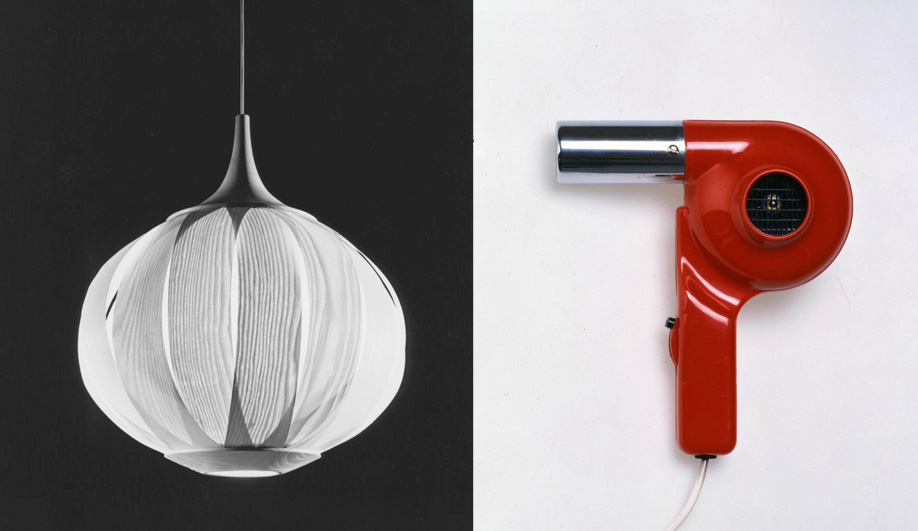
At age 23, Sapper already knew the future of design was happening in Milan, a city where a post-war rebirth was underway. He left Munich for Italy, business degree in hand, in 1958, and joined the architectural studio of Gio Ponti as an apprentice. Shortly afterward, he moved on to the design department of La Rinascente, one of Milan’s most avant-garde retail emporiums. A year later, he opened his own studio and began consulting for such prestigious clients as Fiat, Heuer and Castelli.

Many of his earliest works were developed in collaboration with Italian architect and designer Marco Zanuso, including the compact TS 502 radio, released in 1963 by the Italian electronics company Brionvega. In the shape of two round-cornered cubes, the portable radio opens at its centre to reveal a speaker on one side and AM/FM control dials on the other. Its pop-coloured ABS plastic shell was a statement-making departure from the wooden-veneer radios of the time, and appealed to a younger demographic that wanted a radio in tune with the pop songs they were blasting.
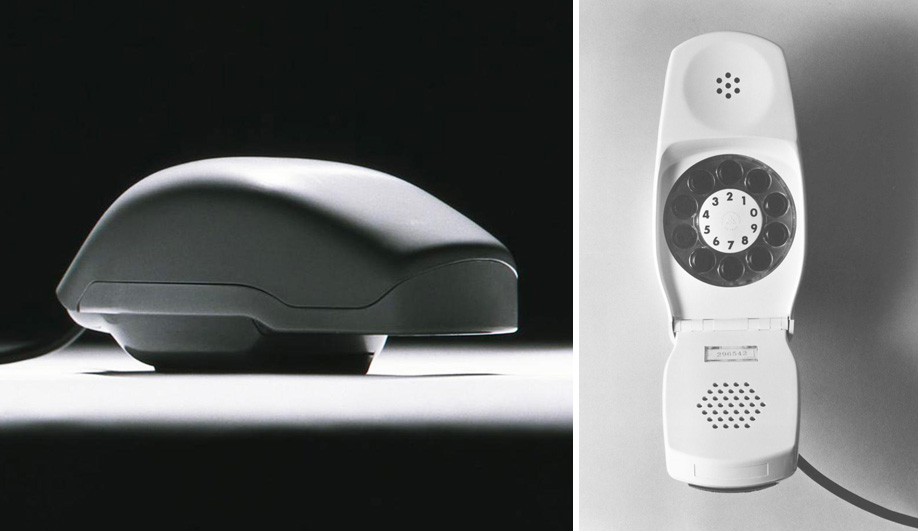
Sapper and Zanuso’s clam-shell Grillo telephone for Siemens Italtel, with its spring-loaded mouthpiece, is credited as the first telephone to shape the evolution of mobile phones. Besides introducing the Star Trek-y flip-open mouthpiece, it also shrank telephones to almost half their usual size; it sat on the table upside down, and combined the dial and earpiece into a single unit.
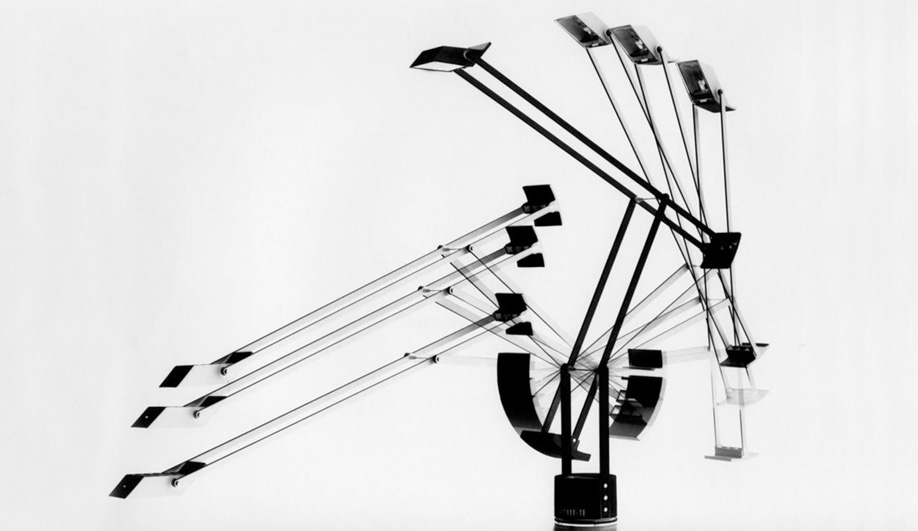
The Tizio desk lamp is Sapper’s most iconic product. It was a marvel when it was released in 1972, and remains a top seller for Artemide. The lamp employs a counterweight system to seamlessly and effortlessly adjust the light’s direction. Its arms conduct electricity, which was a major innovation at the time that meant no exposed wiring; and it uses a halogen bulb with two different light intensities. MoMA’s description sums up how the Tizio became legendary: “Black, angled, minimalist, and mysterious, the lamp achieved its real commercial success in the early 1980s, when its sleek look met the Wall Street boom. Found in the residences of the young and successful and in the offices of executives, the lamp has become an icon of high-tech design.”
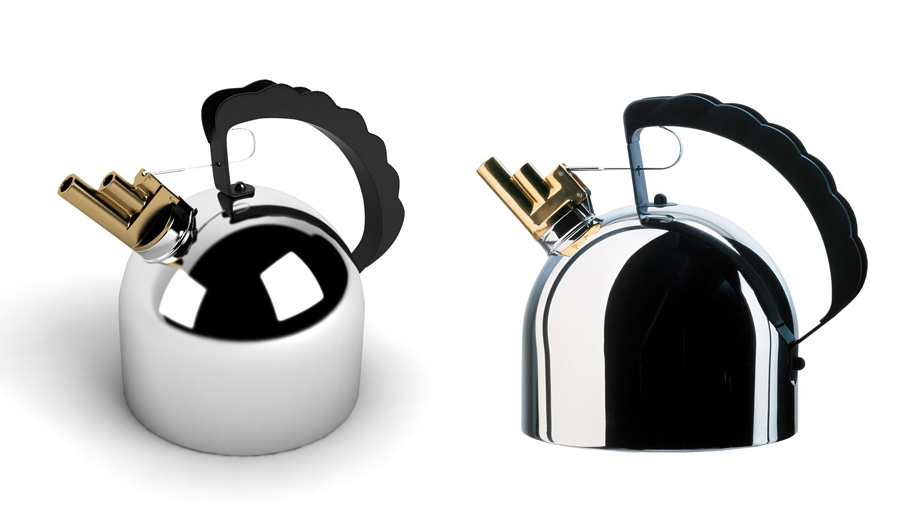
Another icon was born in 1983. The 9091 kettle for Alessi was the first of a continuing series of designer kettles by the likes of Frank Gehry, Michael Graves, Aldo Rossi and others. The 9091 features a melodic whistle made of two brass pipes that play the notes Mi and Ti when the water boils. Alessi describes 9091 as the “first multisensory object for the kitchen.”
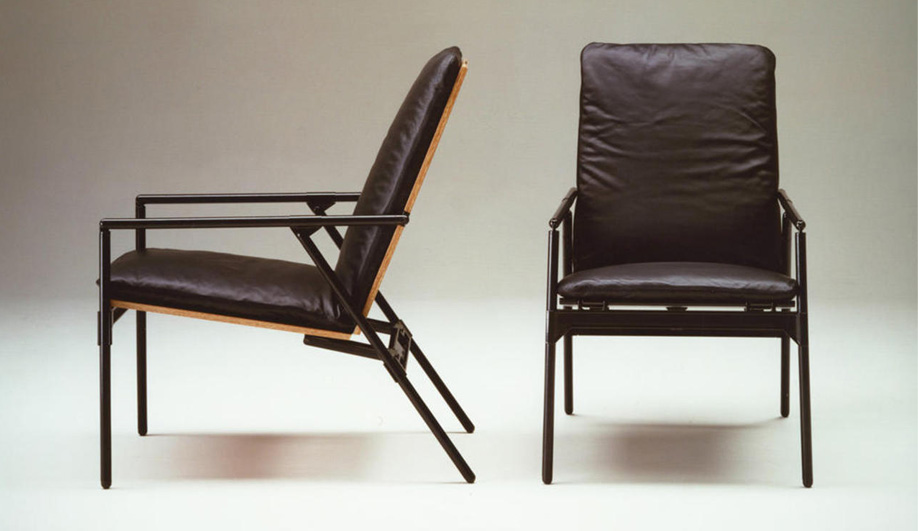
Sapper collaborated with a host of furniture brands over the years, including Knoll, Kartell, B&B Italia, Magis and Molteni Unifor. For B&B Italia he brought his interest in moving parts to a folding armchair with a cushion of modest thickness that could be stored away by folding out flat and hanging on the wall like a suit. Named Nena, it won a Compasso d’Oro when it launched in 1984. Sapper collected 10 such awards over the course of his career.

The first ThinkPad for IBM, released in 1992, was a serious rival to the Apple Powerbook, launched a year later. Inspired by a cigar box, it opens to reveal an all-black interior save for a bright red “nipple,” which functions like an embedded mouse; this feature lets users move the curser around without taking their hands off the keyboard. Sapper joined IBM in 1980 and developed many more generations of the laptop. In an 2013 interview, he revealed he had once turned down a job to work for Apple. The interviewer asked if he regretted not taking the job. He responded: “Sure I regret it. The man who then did it got $30-million a year!”

One of Sapper’s most recent furniture pieces is the air-moulded Tosca chair, designed for Magis in 2007. While Sapper was fascinated his entire life with modernizing such complex objects as cars, bicycles, computers – even city traffic plans – he was equally passionate about re-imagining how furniture can look, act and feel.
Phaidon is publishing a monograph of Richard Sapper’s work, to be released in June.
